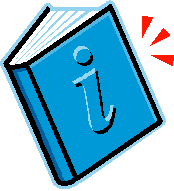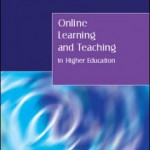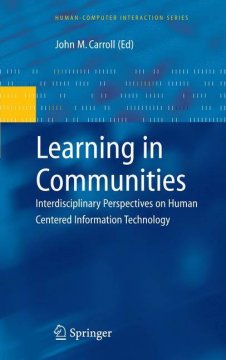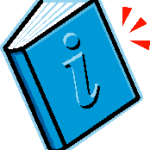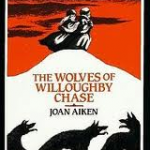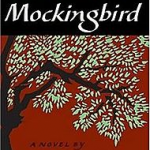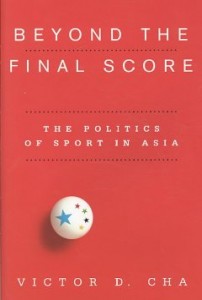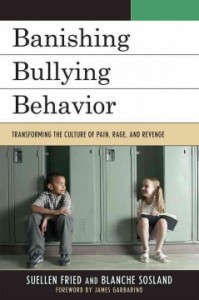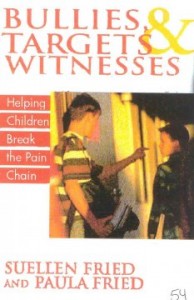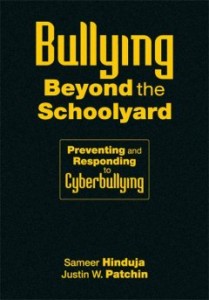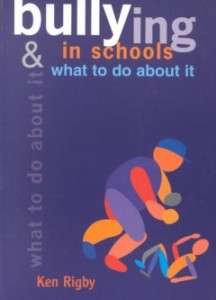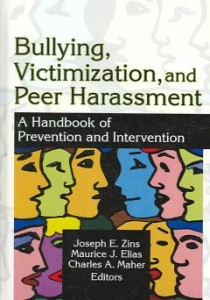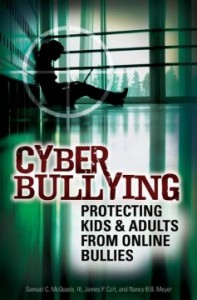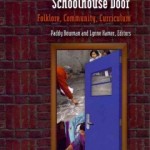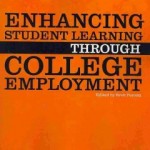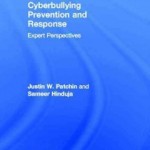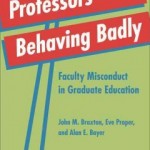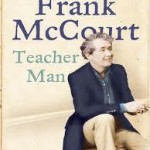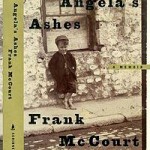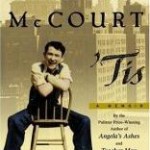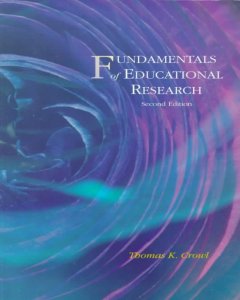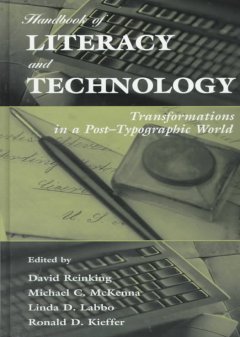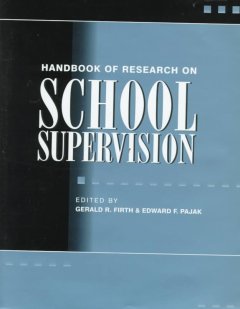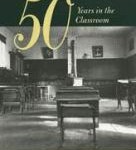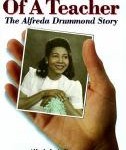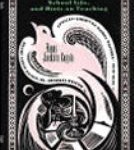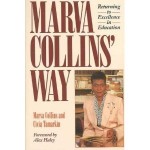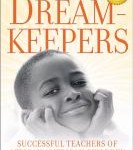This blog written by:
Benita Strnad
McLure Education Library
The University of Alabama Libraries
For Summer Reading, and a change of pace, Benita Strnad has compiled a list of popular Young Adult Fiction. Many of these novels have been made into movies, and offer insight on the interests of YA readers.
One of the hot trends in Young Adult publishing is the dystopian youth novel. Dystopia is the opposite of utopian and is defined as the idea of a society in a repressive and controlled state, often under the guise of being utopian, as characterized in books like Brave New World and Nineteen Eighty-Four. Dystopian societies feature different kinds of repressive social control systems, various forms of active and passive coercion. Often they are set in post-apocalyptic worlds. Ideas and works about dystopian societies often explore the concept of humans abusing technology and humans individually and collectively coping, or not being able to properly cope with technology that has progressed far more rapidly than humanity has been able to evolve. Dystopian societies are often imagined as police states, with those in authority having unlimited power over the citizens.
The dystopian novel has become almost a genre unto itself in the last couple of years due to its incredible popularity in both the adult and young adult trade books market. It has proven so popular that many of the books are being made into movies, which only serves to feed the frenzy of publications available in the genre. An example of this type of dystopian novel is “Do Androids Dream of Electric Sheep” by Phillip K. Dick. This is the novel on which the movie “Blade Runner” was based and that film might be the most famous in the dystopian movie genre.
What is true for adult books is also true in the Young Adult book market where all things fantasy are incredibly popular at the moment. However, dystopian novels for young adults are nothing new, and perhaps the most famous of them is “The Giver” by Lois Lowry. First published in 1993 it went on to win the Newbury medal given by the American Library Association’s division of Association of Library Services to Children. Even with the success of that novel it took some time for the genre to catch on but once it did it has taken off. Commonly dystopian novels feature dark, mysterious, and disturbing worlds that, like adult novels in the same genre, are post-apocalyptic and where adults are non-existent or are in positions of absolute authority. These settings serve to present situations and questions to readers for which they have to think about solutions. The greatest of these questions being “is that the kind of world in which I want to live? If not how do I change it?”
The current spate of interest in the dystopian young adult novel has been propelled along by the popularity of the “Hunger Games” trilogy written by Suzanne Collins. This series features sixteen-year-old Katniss Everdeen, who lives in a post-apocalyptic world in the country of Panem where North America once was. There is a powerful centralized government that has divided the nation into districts. Once a year the Hunger Games are held for the entertainment of the populace. The Games are a televised event in which one boy and one girl are selected by lottery from each district and have to fight to the death. The author says that the idea for The Hunger Games came from channel surfing on television. On one channel she observed people competing on a reality show and on another she saw footage of the Iraq War. The two blended together and the idea of children fighting each other to the death was formed. A movie version of the first book in the series is currently being filmed and scheduled for release in the spring of 2012.
If you are looking for some light summer reading that is trendy, hip, and happening, and will help you keep one foot firmly in the youth world, or you want to read something that is not demanding in terms of concentration or time invested, the following list of series and titles might be of interest. I have included the series name and the location of the titles. Most of the books are at McLure but we may have an incomplete run of the titles, so I have also included the Tuscaloosa Public Library (TPL) in the listing for your convenience. If neither library has a copy I would encourage you to Inter-Library Loan the books through your on-line ILL account. ILL is a free service to faculty and staff and there is generally a fast turn-around time on the ordered materials. ILL books will need to be picked up at the Gorgas Library Circulation desk on the second floor of Gorgas library, but they can be returned here at McLure.
I have also included alternative versions of the work in the listing. If it is available in an e-reader version (our library system has Kindle’s available for checking out*) or an audio version. The UA Libraries does not, as a general rule, have audio versions of works available, but the Tuscaloosa Public Library has a good sized collection. Audio versions of books are available for check out in many formats. MP3, iPhone, iPad, or CD are the most common. Books in these formats can be conveniently listened to in planes, trains, and automobiles. Listening to recorded books while traveling can make the trip much more pleasant. Check with TPL about how to make use of these alternative formats.
*The UA libraries system has Kindle’s at Gorgas, Bruno, and Rodgers. These can be checked out by students, faculty, and staff for two weeks with a one-time renewal. Be aware that not all Kindle’s have all of the Kindle books loaded. Title lists are unique to each reader. Please check the location in the catalog to find out what library has the book loaded onto a Kindle before you go to the library expecting to find it.
If you have any questions about any of these titles don’t hesitate to call us at 348-1508 or e-mail bstrnad@ua.edu . You can also use the ask-a-librarian button on the libraries web site.
Series first then individual books
Hunger Games by Suzanne Collins
1. Hunger Games – McLure (Print & Kindle at Rodgers) Tuscaloosa Public Library (print and audio)
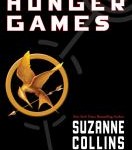
2. Catching Fire – McLure (Print & Kindle at Rodgers & Gorgas) Tuscaloosa Public Library (print and audio)
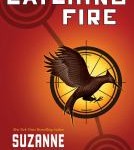
3. Mockingjay – McLure (Print & Kindle at Rodgers & Gorgas) Tuscaloosa Public Library (print)
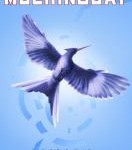
Maze Runner Trilogy by James Dashner (this is a hot series right now)
1. Maze Runner – first in trilogy – Tusaloosa Public Library in both print and audio.
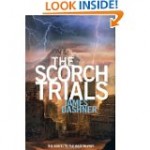
2. Scorch Trials – second in trilogy – Tuscaloosa Public Library in both print and audio.
Cover photo from Amazon.com . Click to look inside.
Seven Kingdoms Trilogy by Kristin Cashore (There has been talk about this series on Librarything this last month)
1. Graceling – first in the trilogy – McLure (print) and Tuscaloosa Public Library in both print and audio

Cover Photo from Amazon.com. Click to look inside.
2. Fire – second in the series – McLure and Tuscaloosa Public Library in both print and audio
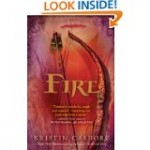
Cover photo from Amazon.com. Click to look inside.
The Giver Trilogy by Lois Lowry
1. The Giver – McLure (print) Tuscaloosa Public Library (print and audio)

2. Gathering Blue – McLure (print) Tuscaloosa Public Library (print and audio)
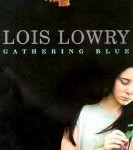
3. Messenger – McLure (print) and Tuscaloosa Public Library (print)
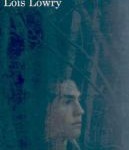
Forest of Hands and Teeth series by Carrie Ryan (Zombie & dystopian story)
1. Forest of Hands and Teeth – McLure (print) Tuscaloosa Public Library in both print and audio

2. Dead-Tossed Waves – Tuscaloosa Public Library (print)
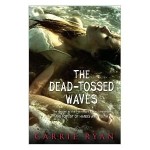
3. Dark and Hallow Places – Tuscaloosa Public Library (print)

Cover photo from Amazon.com. Click to look inside.
Uglies series by Scott Westerfeld (dystopian)
1. Uglies – Tuscaloosa Public Library (print)

2. Pretties – Tuscaloosa Public Library (print)

3. Specials – Tuscaloosa Public Library (print)

4. Extras – Tuscaloosa Public Library (print)

Book of Ember series by Jeanne DuPrau (dystopian)
1. City of Ember – McLure (print) TPL (print and DVD of the movie version)

2. People of Sparks – McLure (print) TPL (print)

3. Prophet of Yonwood – McLure (print) TPL (print and audio)

4. Diamond of Darkhold – McLure (print) TPL (print and audio)

Tripods series by John Christopher (dystopian) This is an old series, published back in the 1960’s, but still good.
1. When the Tripods Came – McLure (print) TPL (print)

2. White Mountains – McLure (print) TPL (print)

3. City of Gold and Lead – ILL this one. Neither of us have it.
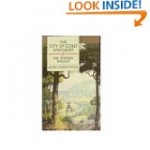
Cover photo from Amazon.com. Click to look inside.
4. Pool of Fire – ILL this one. Neither of us have it.

Cover photo from Amazon.com. Click to look inside.
His Dark Materials by Philip Pullman (dystopian & steampunk)
1. Golden Compass – McLure (print) TPL (print and audio) the audio recording of this series is very good. I listened to them all.
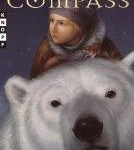
2. Subtle Knife – McLure (print) TPL (print and audio).

3. Amber Spyglass – McLure (print) TPL (print and audio).
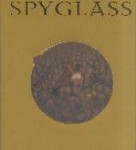
4. Once Upon a Time in the North – McLure (print) TPL (print and audio)
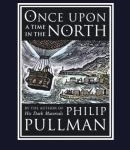
Incarceron series by Catherine Fisher
1. Incarceron – McLure (Print) Tuscaloosa Public Library (print only)
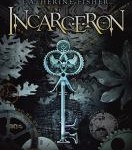
2. Sapphique – Tuscaloosa Public Library (print and audio)
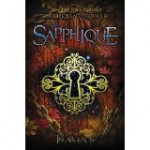
Boneshaker series by Cherie Priest (technically these are steampunk but also dystopian)
1. Boneshaker – Tuscaloosa Public Library (print)
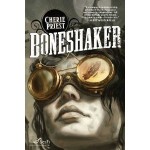
2. Clementine – ILL this one. Neither of us have it.
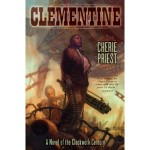
3. Dreadnought – Tuscaloosa Public Library

4. Ganymede – ILL this one. Neither of us have it.
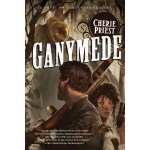
Individual books
Delirium by Lauren Oliver – Tuscaloosa Public Library (print only)
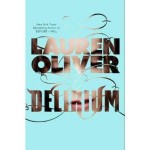
Ship Breaker (won Printz award) by Paolo Bacigalupi – McLure (print) and Tuscaloosa Public Library (print) – this author also has an adult novel titled “Wind-Up Girl” that has received lots of buzz in the book world. It has the same dystopian themes. Rumor has it that there is a sequel to Ship Breaker in the works.
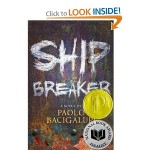
Cover photo from Amazon.com. Click to look inside.
House of the Scorpion by Nancy Farmer- McLure (print) Tuscaloosa Public Library (print)
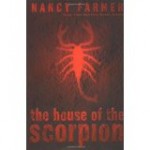
The Eye, the Ear, the Arm by Nancy Farmer – McLure (print) one of the few dystopian dystopian novels to feature minorities and set in post-apocalyptic Africa.
Feed by M. T. Anderson – McLure (print) Tuscaloosa Public Library (print and audio) the audio version of this book is delightfully entertaining.
China Mieville books – these are adult books. They aren’t fantasy, sic fi, dystopian, or steam punk, but are a mixture of all three genres.
Perdido Street Station – ILL this one as neither of us have it.
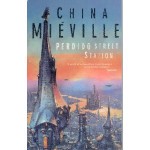
City and the City – Tuscaloosa Public Library (print)
Embassytown – just published. TPL should get it soon as this guy is hot right now.

Cover photo from Amazon.com. Click to look inside.
